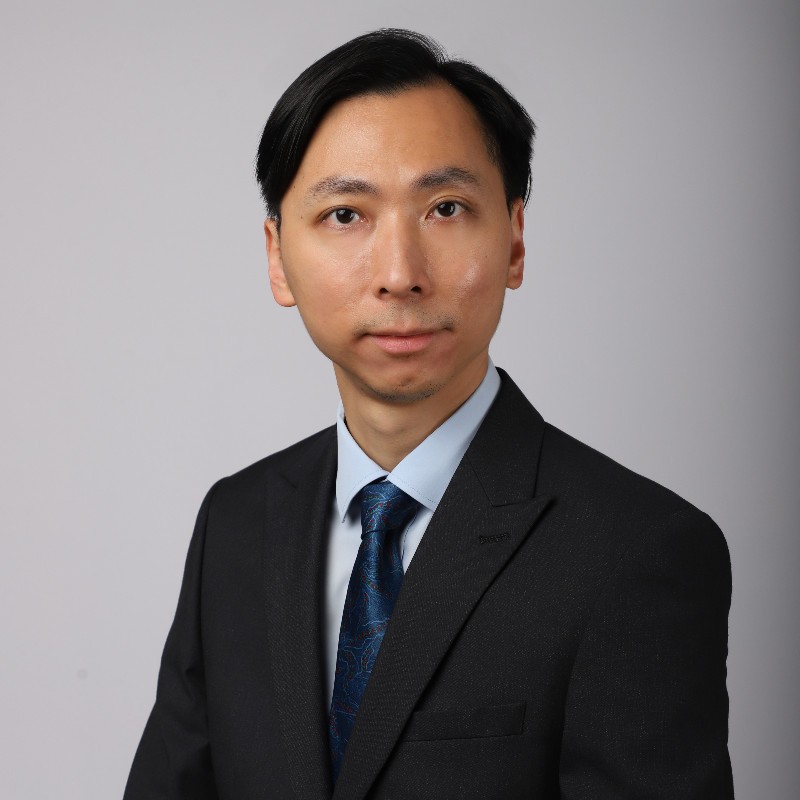Dr. Wing Lok Hung: the future of the WTO amidst Global Trade Tensions
Global trade war and the future of the World Trade Organization
The global trade war has become a hot topic since the United States President Donald Trump announced “reciprocal tariffs” on about 90 countries in early April 2025. A fundamental question that we should ask is whether the World Trade Organization (WTO)’s Dispute Settlement Mechanism (DSM) is still functioning or if it is no longer works properly, especially when settling disputes between the two great powers.
When the WTO was established in 1995, there was concern that the WTO’s DSM would not work effectively.[1] As a panel established under the WTO Dispute Settlement Understanding (DSU) issues a ruling adverse to a member, the process relies upon voluntary compliance.[2] This flexibility was built into the foundation of the GATT. Article II of the GATT prohibits member governments from imposing tariffs beyond rates agreed in trade negotiations.[3] According to DSU Article 23, “When Members seek the redress of a violation of obligations…they shall have recourse to, and abide by, the rules and procedures of this Understanding”.[4] The term “shall” illustrates that both parties involved may seek another approach to settle the dispute. That means the United States (or a different WTO member) does not have to comply with WTO’s DSM and it may choose other alternatives.
China’s joining the WTO in 2001 has remarkably transforming the global trade. In 2007, an American award-winning journalist, Sara Bongiorni, wrote an insightful and illuminating book on how China’s competitive products can dominate in every area in an American household in her eye-catching book “A Year Without ‘Made in China’: One Family’s True Life Adventure in the Global Economy”.[5] On the one hand, China’s participation in the WTO since 2001 has provided it with almost unrestricted access to 163 markets and China has profited immensely from its participation in the world trading system. The rest of the world has also profited from China’s economic growth and enjoyed abundant affordable Chinese consumer goods and lucrative corporative capital gains. On the other hand, various WTO members have been complainants against China since its accession to the WTO. As DSU does not impose a deadline by which requests for consultations must proceed to the panel stage, it is one of the reasons why sometimes the United States is not choosing to WTO dispute settlement at the first place. In his second administration, Donald Trump also opted for unilaterally imposing ''reciprocal tariffs'' on China, the European Union (EU) and more.
As Professor Mark Wu, a law professor at Harvard University shared his thoughts during an interview in 2017, both sides were “still in the opening throes of a trade war”[6]. The main issue is not whether China is a market economy or a socialist economy, nor whether China is a non-market economy which has complied with all the obligations under the Protocol of Accession. The real issue is whether China’s technological development has posed an immediate threat to America’s leading role in the world. At its creation in 1947, the GATT had 23 signatories, but two clearly dominated the system: the United States and the United Kingdom. These two countries were the major players until the Kennedy Round in 1964-67. The EU then replaced the UK and became the second important pillar next to the United States.[7]Still, the EU has never challenged the leading role of the U.S in the past. The WTO’s DSE was never designed to settle this kind of problem.
Giving recent trade disruptions, it is hard to predict that there will be a ‘settlement’ between China and the United States on the trade issue. More precisely, the trade disputes between both countries still exist. But now it is time to rethink the role of the WTO in regulating international trade and ensure that all participating countries will not raise a lot of unnecessary and untrue dispute cases to the WTO in the coming years.
Author: Dr. Wing Lok HUNG
Lecturer, School of Governance and Policy Science, the Chinese University of Hong Kong
[1] See Judith Hippler Bello, “The WTO Dispute Settlement Understanding: Less Is More.” American Journal of International Law 90, no. 3 (1996): 416–18.
[2] Ibid.
[3] GATT Article II.
[4] WTO Dispute Settlement Understanding (DSU), Article 23.
[5] Sara Bongiorni, A Year Without ‘Made in China’: One Family’s True Life Adventure in the Global Economy (Hoboken, N.J.: John Wiley & Sons, 2007).
[6] “Can the US-China trade war be stopped? 11 experts weigh in” Vox, Jul 8, 2018.
[7] Petros C. Mavroidis and Andre Sapir, China and the WTO: Why Multilateralism Still Matters (Princeton and Oxford: Princeton University Press, 2021), 33.

